
New Zealand scientists have conducted a ground-breaking research programme to explore the differences between pasture-raised beef with grain fed beef and alternative proteins.
Most of the global research around the nutritional, environmental and health impacts of producing and consuming red meat have been based on grain-finished cattle.
However, New Zealand specialises in free-range, grass-fed farming without antibiotics and hormones. Not only are the farming styles different, but so too is our pasture-raised meat.
Researchers, scientists, dietitians and nutritionists from AgResearch, the Riddet Institute and the University of Auckland recognised that difference and have undertaken a ground-breaking new research programme that compared pasture-raised beef and lamb against grain-finished and protein alternatives – products like plant-based alternatives.
The research has been broken down into four key stages.
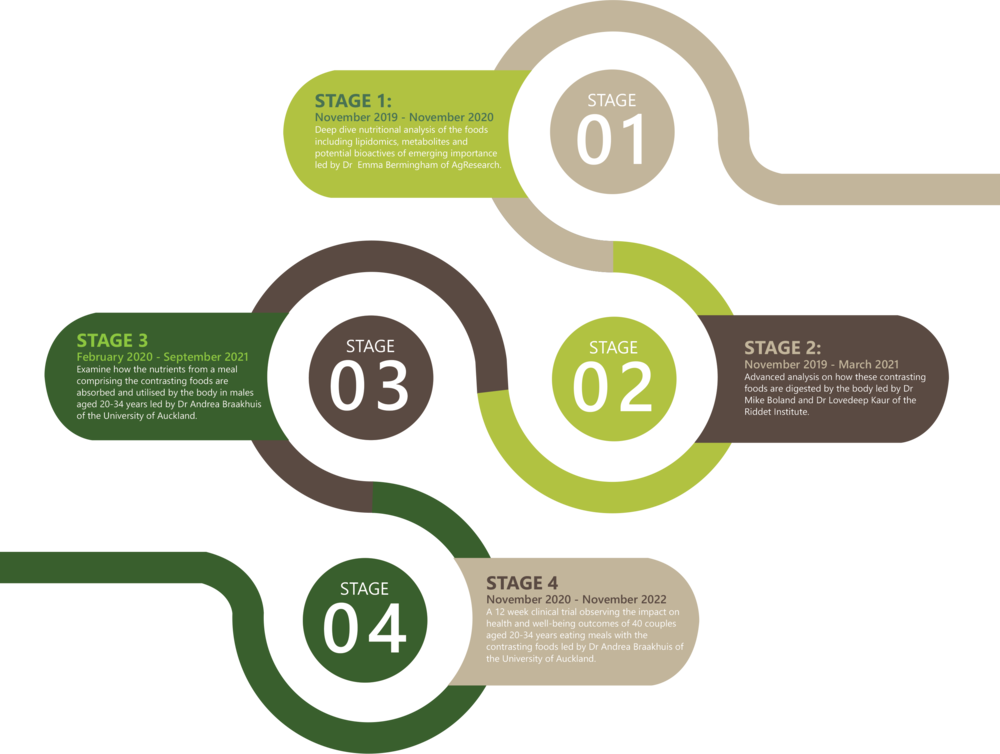
STAGE ONE COMPLETED: NOV 2019 – NOV 2020
The first compared the nutritional makeup of pasture-raised beef, grain-finished beef, and meat alternatives. Led by Dr Emma Bermingham of AgResearch, this first stage of the research looked in detail at lipids (fats), diverse metabolic compounds and key minerals. In essence, this first stage looked at the nutritional composition, or the building blocks that make up beef and lamb and plant-based alternatives.
STAGE TWO: NOV 2019 – OCT 2022
Led by Drs Mike Boland and Lovedeep Kaur of the Riddet Institute, the second stage explored how the human digestion system responds to the different foods in stage one and how their nutrients are then absorbed by the body.
STAGE THREE: FEB 2020 – JUNE 2022
The impact of eating a meal with red meat compared with a vegetarian meal was measured in the third stage – the first time a trial of this type had been run. Headed up by researchers from the University of Auckland led by Dr Andrea Braakhuis, an Academic Director and Research Dietitian, a group of healthy, young (20-34 years old) men ate a series of four single meals over a period of several weeks, that contained either pasture-rasied beef, grain-finished beef, pasture-raised lamb or a vegetarian alternative, in a blinded investigation. Repeated blood samples were collected following each meal so that things like fatty acids, amino acid profiles, neurotransmitters, minerals, inflammatory markers and biomarkers of general health could be measured to assess the effects of the meal.
STAGE FOUR: NOV 2020 – FEB 2023
Finally, in the fourth stage, the impact of eating red meat or vegetarian diets over a sustained period were observed to investigate the health consequences of eating New Zealand pasture-raised red meat compared with a meat-free diet – again, the first time a trial of this type has been conducted.
80 people were monitored for 10 weeks, with a particular focus on the physical effects on the body from eating different foods. Other psychological elements such as satisfaction, sleep and stress levels were also monitored.
WHAT WE HAVE FOUND OUT
What We Know About Red Meat Already
We know red meat is a highly nutritious whole food, rich in protein and minerals and when included in a balanced diet, is a great way to ensure nutrient requirements are met. This ground-breaking new research programme seeks to explore the differences between grass-fed beef and lamb with grain fed beef and alternative proteins. The goal is to bring balance to what consumers are hearing.
Source: The Role of Red Meat in Healthy and Sustainable New Zealand Diets, March 2020
Featured articles
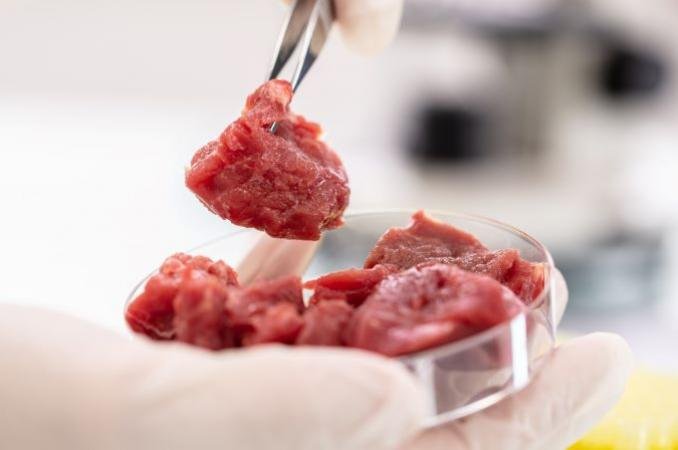
New research confirms red meats nutritional advantage over alternatives
Results from ground-breaking New Zealand research have shown that red meat is a better source of protein than a processed plant-based alternative. The research is a collaboration between researchers at AgResearch, the University of Auckland, Massey University and the Riddet Institute.
Jun 28, 2022

Pasture-Raised Advantage Research: Stage Two Q&A
Results from ground-breaking New Zealand research have shown that red meat is a better source of protein than a processed plant-based alternative. The research is a collaboration between researchers at AgResearch, the University of Auckland, Massey University and the Riddet Institute.
Read more
Oct 6, 2021
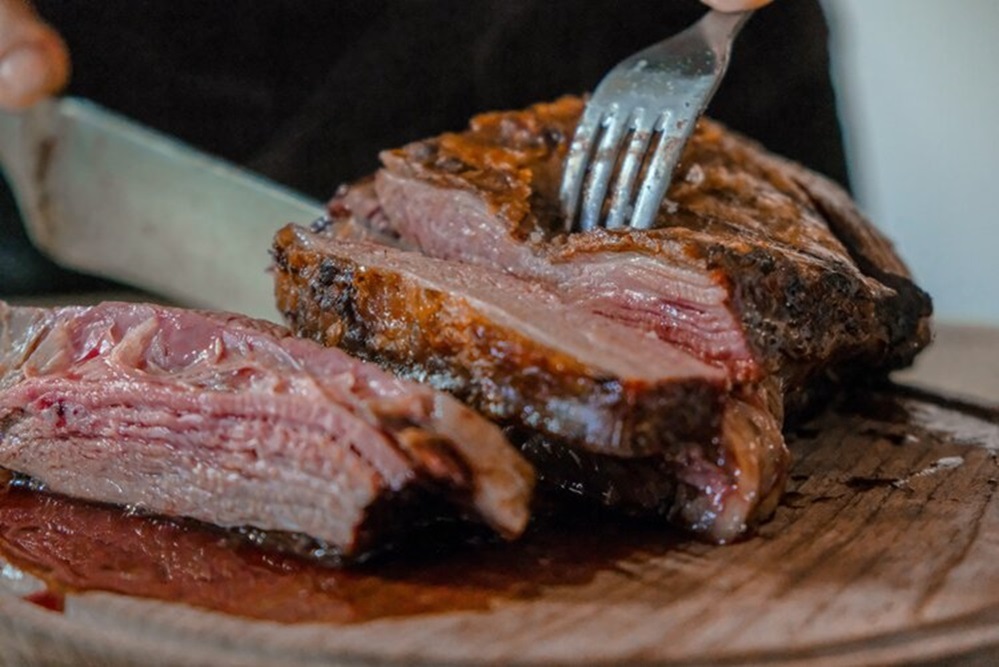
New study highlights the positive digestion benefits in New Zealand beef when comapred to a plant-based meat alternative
Researchers have compared the digestion differences between pasture-raised beef, grain-finished beef, and a plant-based alternative.
Read more
Oct 6, 2021
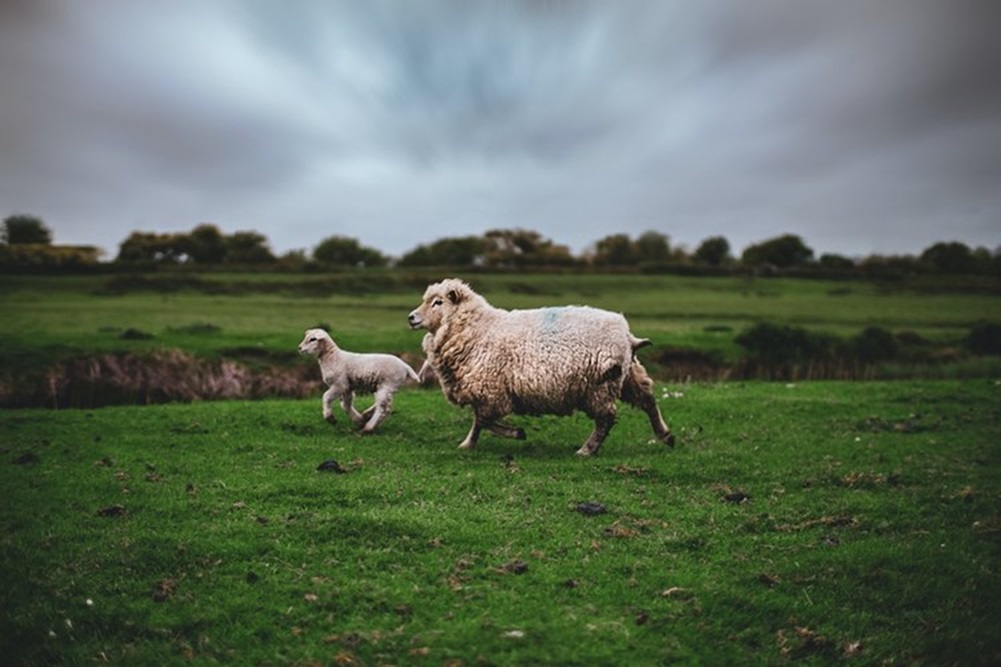
NZ scientists lead the charge to explore benefits of pasture-raised beef and lamb
New Zealanders will be invited to take part in a major research programme to assess the health and well-being benefits of eating pasture-raised beef and lamb, compared to grain-finished beef and plant-based alternatives.
Read more
Nov 20, 2020
Hear from the Researchers

This study is supported by Meat Industry Association Innovation Ltd (MIA Innovation) and jointly funded by Beef + Lamb New Zealand Ltd (B+LNZ), the High Value Nutrition National Science Challenge and New Zealand’s Ministry of Business, Innovation and Employment (MBIE) Research Partnership Fund.

